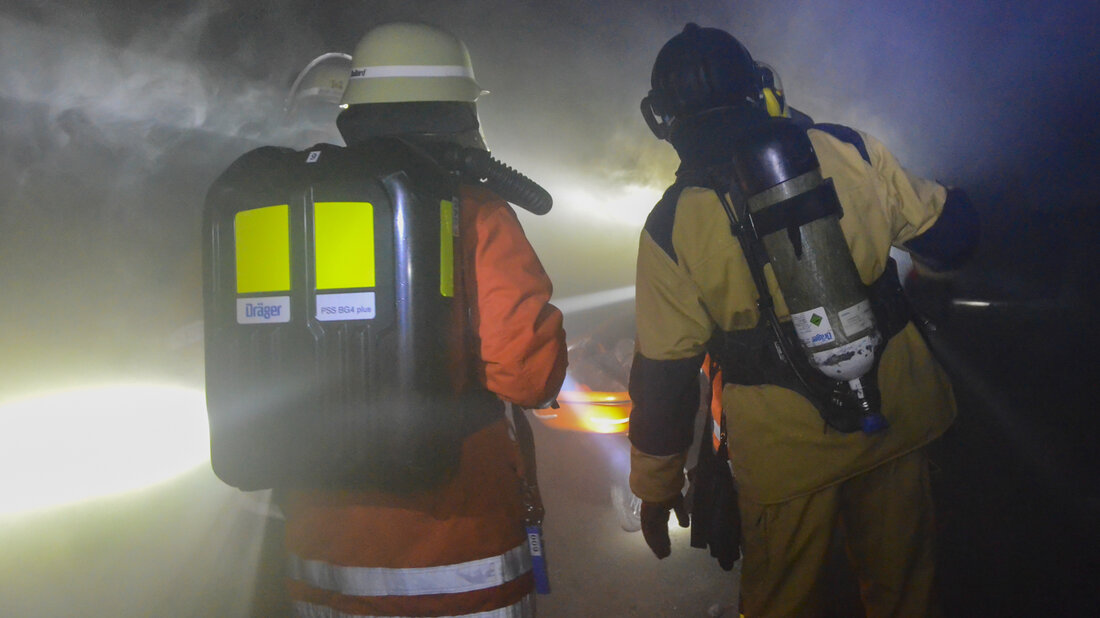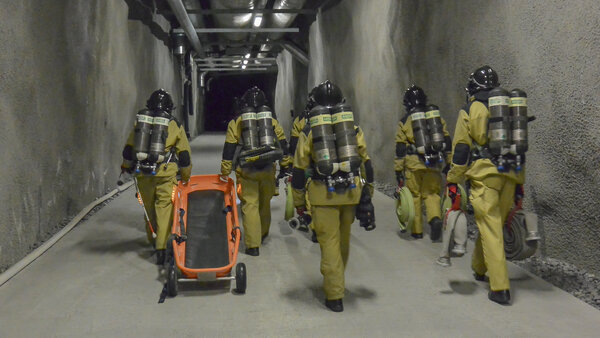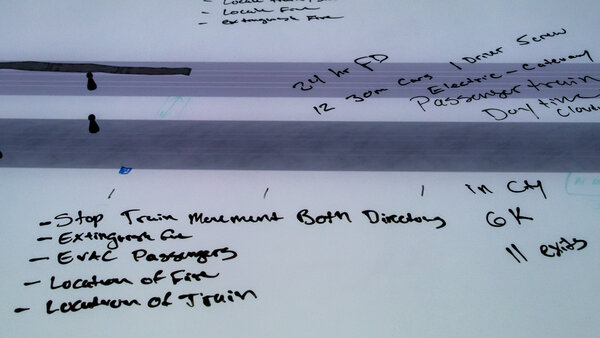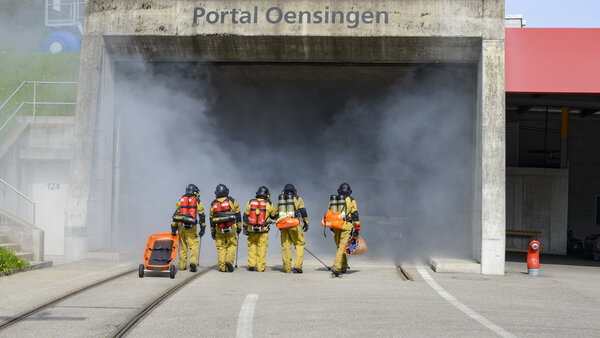Double-cylinder SCBAs are indispensable
After training more than 10 000 firefighters, we know: Physically average firefighters wearing SCBAs can handle penetration depths of up to 500 m. For this, however, they absolutely need a double-cylinder breathing apparatus. One-bottle apparatuses are only sufficient for about half of the distance.
Double-cylinder breathing apparatus present many «tunnel fire services» with some challenges. Not only do they usually have to be purchased additionally. In order to store them in the crew cabin of the fire engines, extensive reconstruction work is also required. Nevertheless, we recommend using double-cylinder apparatus for all applications in UTS, because they not only allow longer operating times but can also give the emergency personnel more safety.






